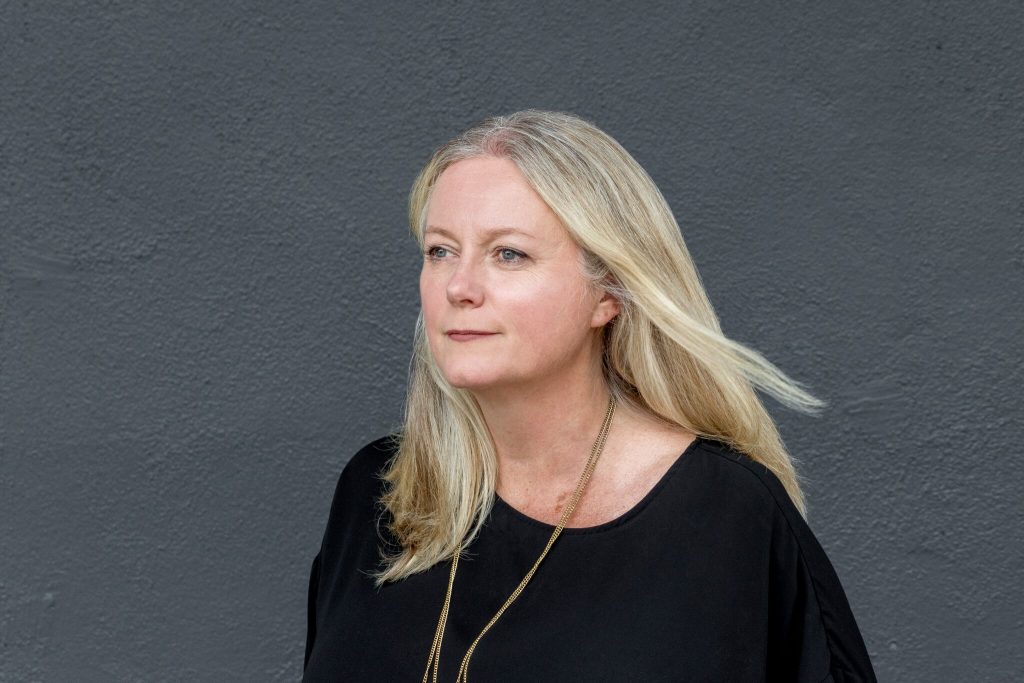
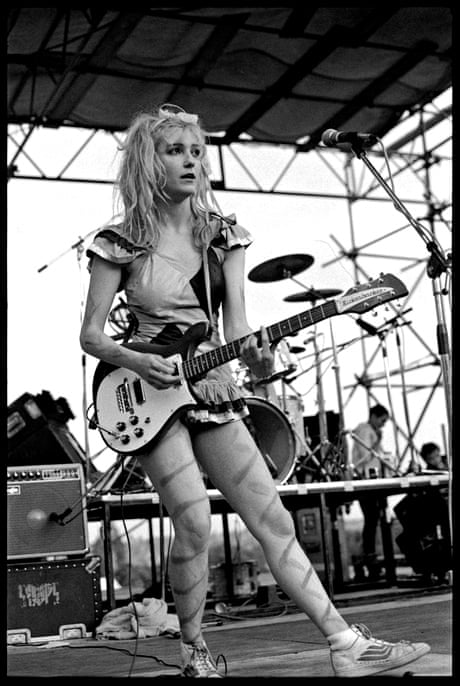 .
.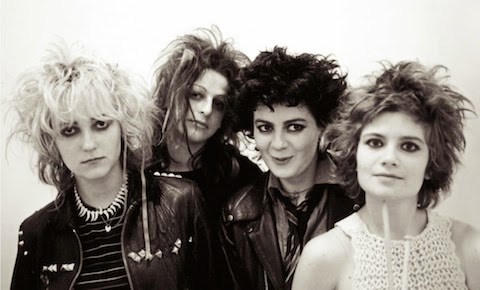 1.I’ve watched many times the four-part film series “PUNK,” with its executive producer being Iggy Pop, partly because it’s a necessary release nowadays to vicariously bring down the shitty system in which we find we live by listening to the brilliantly anarchic Never mind The Bollocks, Here’s The Sex Pistols. Also, because I admire and feel bluntly refreshed by the assertively driven The Clash on their eponymous first CD. Didn’t I play “I’m So Bored with the U. S. A.” over and over during the Trump years? And, by the way, I have a photo of me with an American cop in front of Washington’s Capitol in 1947, so it’s a well-grounded connection in many ways over the years – plus an American-born editorial-reading mother, and I also diligently followed McCarthy. Vietnam, Watergate, et. al. and had many arrogant relatives in the USA to tolerate from childhood onwards. My fave discovery in the PUNK series was The Slits whose CDs The Slits: In the Beginning and The Slits: Cut have been repeated listens, especially for their -as drummer Paloma/Palmolive puts it – “beautiful, wonderful noise.” It’s an inspiring story how the Slits pushed their way through a misogynistic world onto musical stages and I very much enjoyed reading guitarist Viv Albertine’s memoir “Clothes, Clothes, Clothes. Music, Music, Music. Boys, Boys, Boy: A Memoir ” which was “Selected by the New York Times as one of the 50 Best Memoirs of the Past 50 Years.” I found it to be a splendidly candid, touching, and unerringly insightful read on many counts.
1.I’ve watched many times the four-part film series “PUNK,” with its executive producer being Iggy Pop, partly because it’s a necessary release nowadays to vicariously bring down the shitty system in which we find we live by listening to the brilliantly anarchic Never mind The Bollocks, Here’s The Sex Pistols. Also, because I admire and feel bluntly refreshed by the assertively driven The Clash on their eponymous first CD. Didn’t I play “I’m So Bored with the U. S. A.” over and over during the Trump years? And, by the way, I have a photo of me with an American cop in front of Washington’s Capitol in 1947, so it’s a well-grounded connection in many ways over the years – plus an American-born editorial-reading mother, and I also diligently followed McCarthy. Vietnam, Watergate, et. al. and had many arrogant relatives in the USA to tolerate from childhood onwards. My fave discovery in the PUNK series was The Slits whose CDs The Slits: In the Beginning and The Slits: Cut have been repeated listens, especially for their -as drummer Paloma/Palmolive puts it – “beautiful, wonderful noise.” It’s an inspiring story how the Slits pushed their way through a misogynistic world onto musical stages and I very much enjoyed reading guitarist Viv Albertine’s memoir “Clothes, Clothes, Clothes. Music, Music, Music. Boys, Boys, Boy: A Memoir ” which was “Selected by the New York Times as one of the 50 Best Memoirs of the Past 50 Years.” I found it to be a splendidly candid, touching, and unerringly insightful read on many counts.
.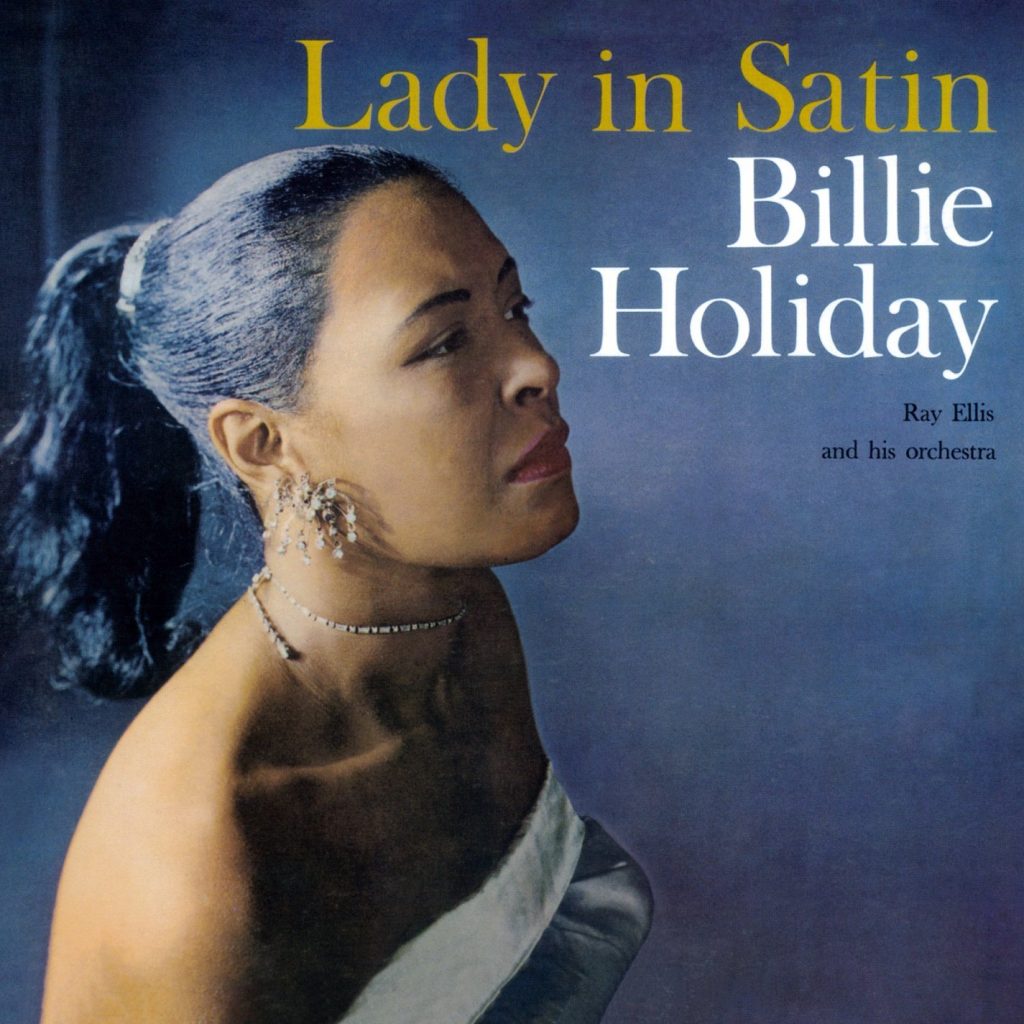
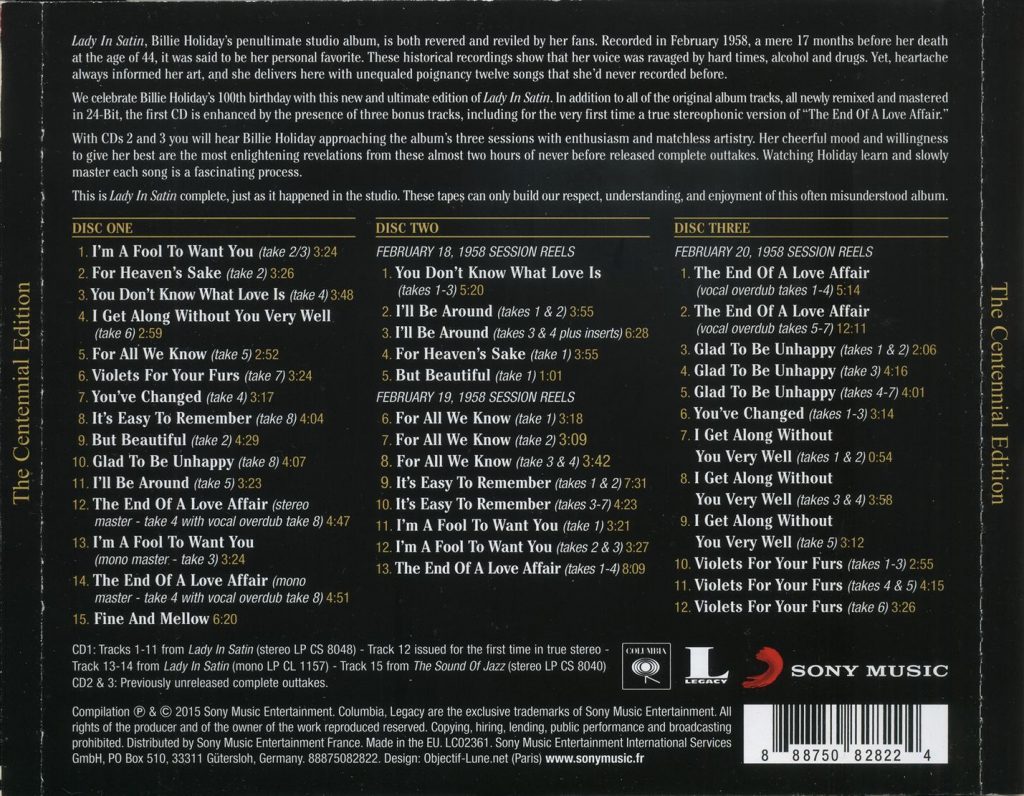 .
.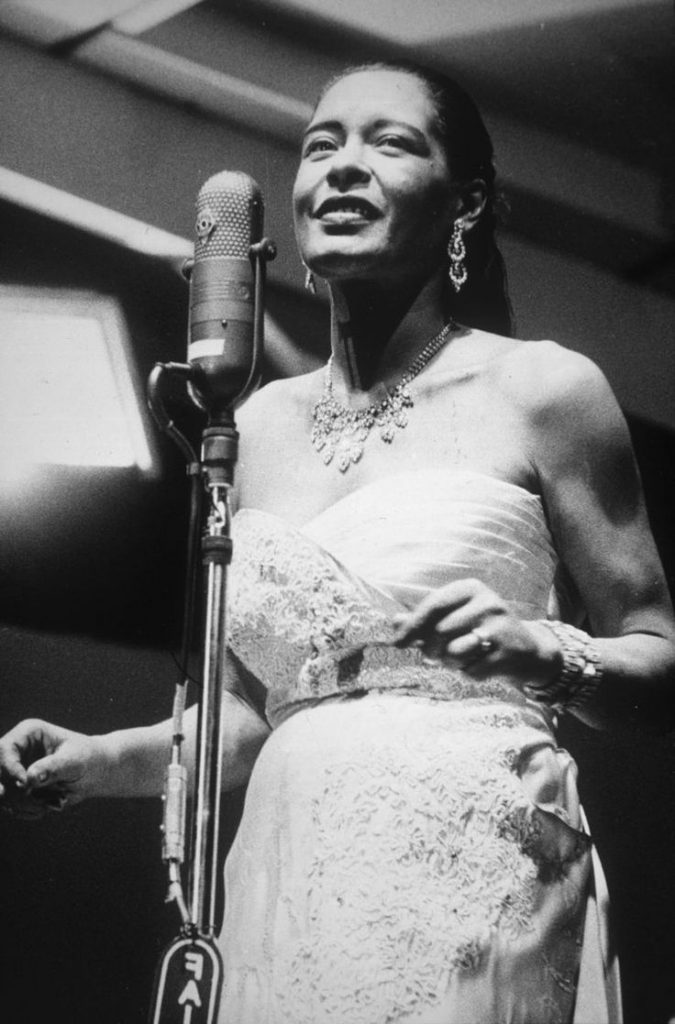 2.Lady In Satin: The Centennial Edition from Billie Holiday features not one but three CDs, the first being an expanded version of her original album Lady in Satin and the second and third being a collection of twenty-five cuts like It’s Easy to Remember (takes 3-7) or February 19, 1958 The End of a Love Affair (takes 1-4) or February 20, 1958 The End of a Love Affair (vocal overdub takes 1-4). This is in-session, in-studio stuff with all the repeated attempts at nailing a song, including a number of flubs after which, for example, we hear from Billie “la di da O, I messed up.” We also hear the great one talking and laughing and trying out different phrasings but only briefly because a good take was the goal. I once hung out with Dizzy Gillespie in his hotel room after our interview and, before I drove him to his gig at Artpark, at one point he said, “come see this.” “This” turned out to be the inside of his trumpet case in which he had attached maybe a dozen photos, one being of Billie Holiday, a photo I’d never seen before. Lady in Satin was a rare recording of Billie with an orchestra because her most perfect fit was with comparatively smaller jazz groups in which her voice was truly like an instrument. But even here, in an alien unswinging musical context, we hear, when she sings, a trumpet or a sax in how she plays with the beat, with dynamics, with the sound. She was truly a wonder, so of course she, a black woman, was persecuted by the white man’s sexist, racist laws.
2.Lady In Satin: The Centennial Edition from Billie Holiday features not one but three CDs, the first being an expanded version of her original album Lady in Satin and the second and third being a collection of twenty-five cuts like It’s Easy to Remember (takes 3-7) or February 19, 1958 The End of a Love Affair (takes 1-4) or February 20, 1958 The End of a Love Affair (vocal overdub takes 1-4). This is in-session, in-studio stuff with all the repeated attempts at nailing a song, including a number of flubs after which, for example, we hear from Billie “la di da O, I messed up.” We also hear the great one talking and laughing and trying out different phrasings but only briefly because a good take was the goal. I once hung out with Dizzy Gillespie in his hotel room after our interview and, before I drove him to his gig at Artpark, at one point he said, “come see this.” “This” turned out to be the inside of his trumpet case in which he had attached maybe a dozen photos, one being of Billie Holiday, a photo I’d never seen before. Lady in Satin was a rare recording of Billie with an orchestra because her most perfect fit was with comparatively smaller jazz groups in which her voice was truly like an instrument. But even here, in an alien unswinging musical context, we hear, when she sings, a trumpet or a sax in how she plays with the beat, with dynamics, with the sound. She was truly a wonder, so of course she, a black woman, was persecuted by the white man’s sexist, racist laws.
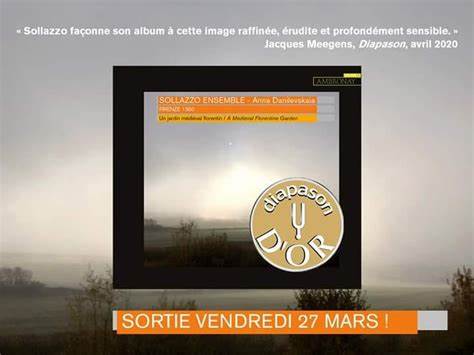
 .
.
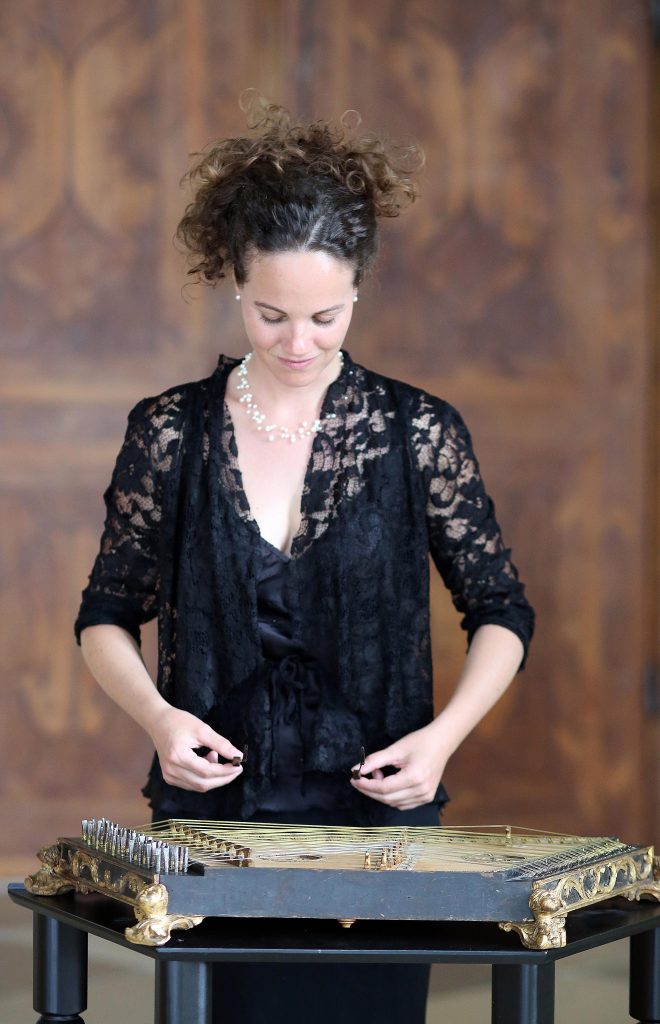
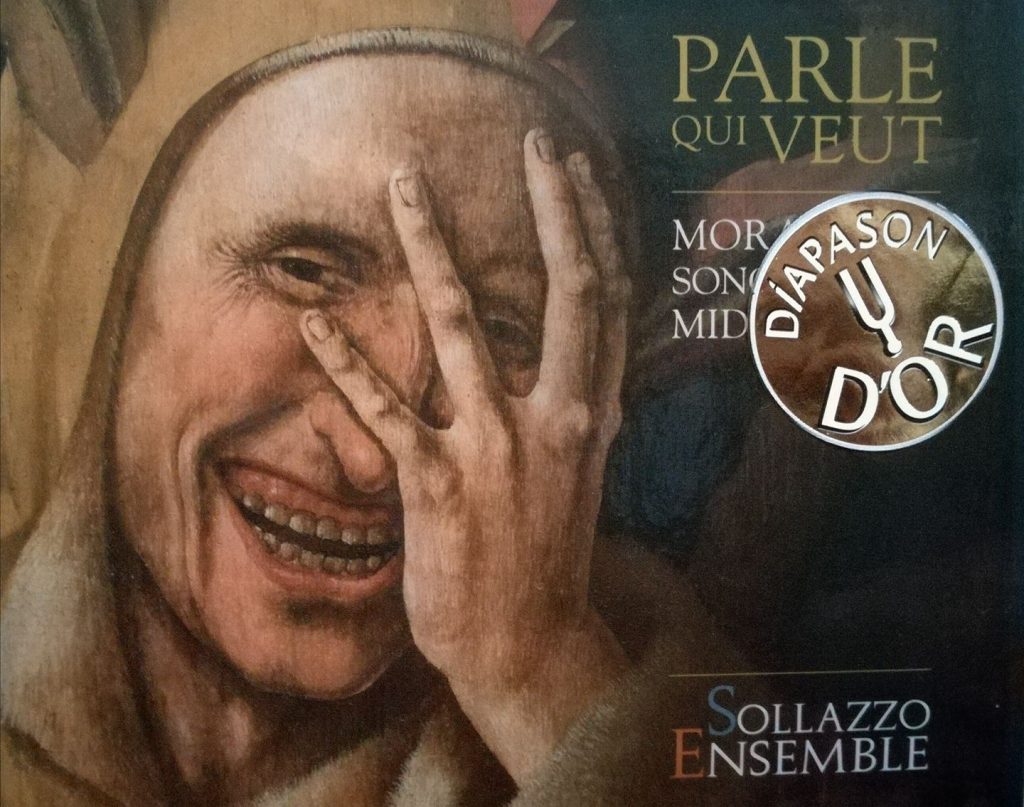 3.Firenze 1350 – A Medieval Florentine Garden from Sollazzo Ensemble with Anna Danilevskaiaas leader “brings together musicians passionately attached to the medieval and Renaissance repertories, with a particular interest in the transition between the two periods.” I got turned on to this group and their repertoire when I caught a televised performance on Mezzo/Mezoe Television featuring four other singers, and not those of this CD. They were an uncanny blend of ethereal magic, flesh-rooted passion, and haunting timbres of voice which I fortunately recorded and play over and over. Thus, I’m only gradually adjusting to the equally fine singers on the CD, but, either way, I spend much time with this music, especially at 3:00 a. m. when one torment or another is keeping me awake and I need the world to be, at least briefly, a good place of meaningful connections.
3.Firenze 1350 – A Medieval Florentine Garden from Sollazzo Ensemble with Anna Danilevskaiaas leader “brings together musicians passionately attached to the medieval and Renaissance repertories, with a particular interest in the transition between the two periods.” I got turned on to this group and their repertoire when I caught a televised performance on Mezzo/Mezoe Television featuring four other singers, and not those of this CD. They were an uncanny blend of ethereal magic, flesh-rooted passion, and haunting timbres of voice which I fortunately recorded and play over and over. Thus, I’m only gradually adjusting to the equally fine singers on the CD, but, either way, I spend much time with this music, especially at 3:00 a. m. when one torment or another is keeping me awake and I need the world to be, at least briefly, a good place of meaningful connections.
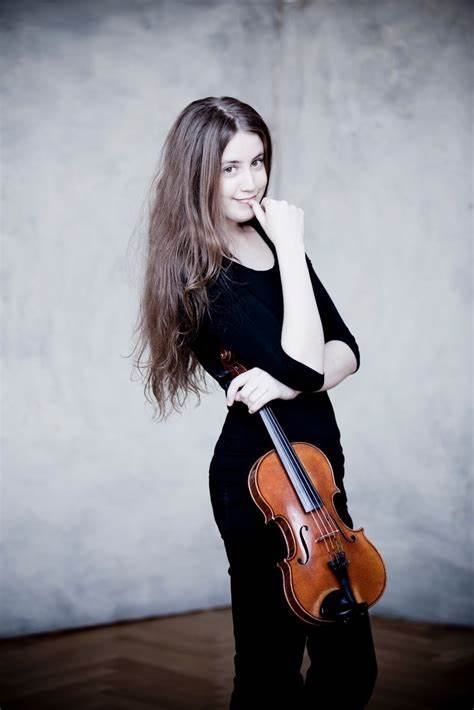
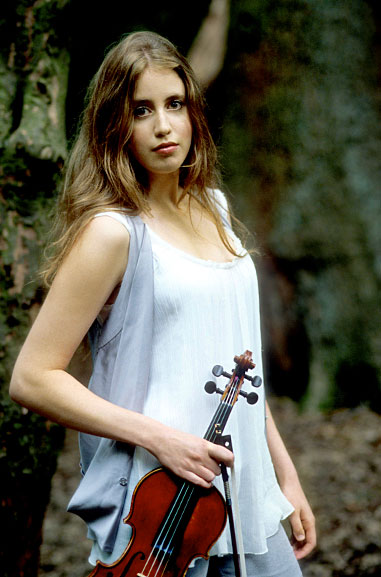 .
. 4.Another enjoyable discovery, first the music, that being the Britten and Korngold Violin Concertos, and second, the violinist, that being Vilde Frang. This violinist obviously feels assertively at home in the technical and evocative demands of both works, as she did in the Stravinsky Violin Concerto I saw, again, on Mezzo Television. We are informed that “both concertos on this new disc were written when their composers were exiles in the USA around the time of World War II. The Korngold was completed in 1945, the Britten in 1939. In the course of the 1930’s Korngold, an Austrian Jew, had become a prominent Hollywood composer, but could not return to his homeland after 1938; the young Britten, a pacifist, left the UK for New York shortly before the declaration of war in 1939. Both composers had been child prodigies and both concertos are centered around the key of D, the most ‘natural’ key on the violin and the tonal focus for the violin concertos for Beethoven, Brahms, Tchaikovsky and Stravinsky.” One bonus for me is that Frang has the bearing of a hippie, a pixie, and a lead in an Ingmar Bergman film all mixed together, ergo an endearing and mysterious presence which invites the listener into ever new worlds.
4.Another enjoyable discovery, first the music, that being the Britten and Korngold Violin Concertos, and second, the violinist, that being Vilde Frang. This violinist obviously feels assertively at home in the technical and evocative demands of both works, as she did in the Stravinsky Violin Concerto I saw, again, on Mezzo Television. We are informed that “both concertos on this new disc were written when their composers were exiles in the USA around the time of World War II. The Korngold was completed in 1945, the Britten in 1939. In the course of the 1930’s Korngold, an Austrian Jew, had become a prominent Hollywood composer, but could not return to his homeland after 1938; the young Britten, a pacifist, left the UK for New York shortly before the declaration of war in 1939. Both composers had been child prodigies and both concertos are centered around the key of D, the most ‘natural’ key on the violin and the tonal focus for the violin concertos for Beethoven, Brahms, Tchaikovsky and Stravinsky.” One bonus for me is that Frang has the bearing of a hippie, a pixie, and a lead in an Ingmar Bergman film all mixed together, ergo an endearing and mysterious presence which invites the listener into ever new worlds.
.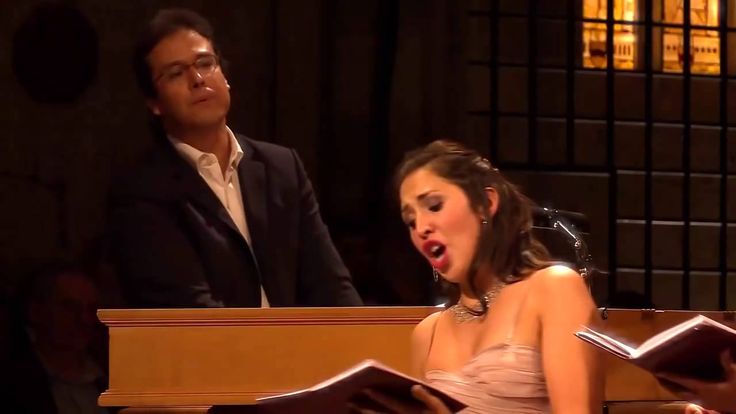

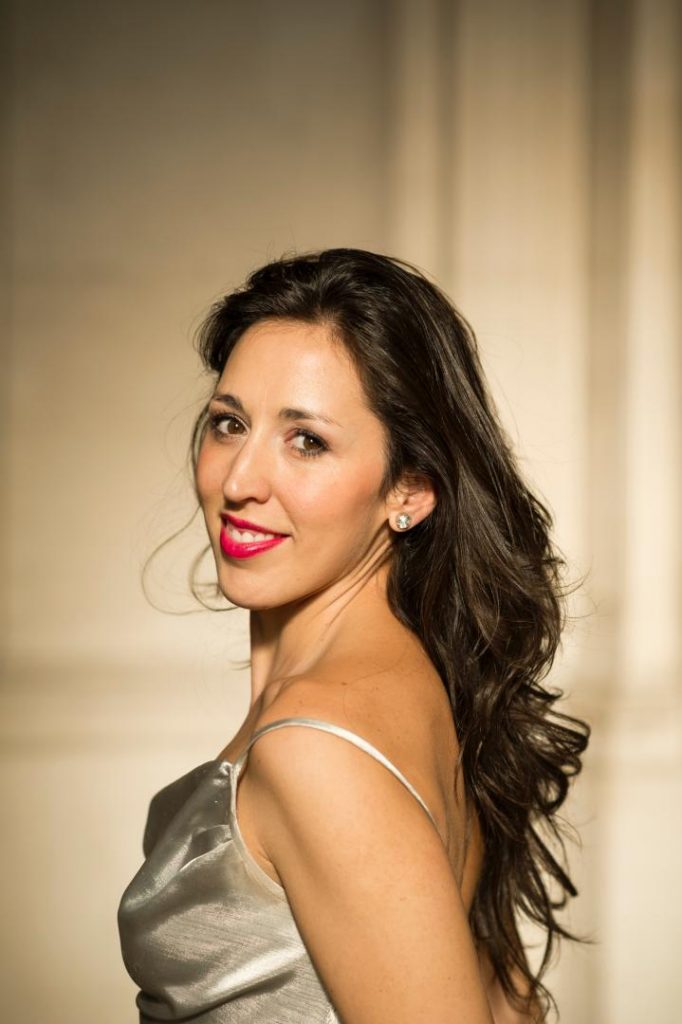 5.Matheo Romero’s Romerico Florido sung here, uninhibited and invigorating, by Cappella Mediterranea, with the ten instrumentalists of the Ensemble Clematis and their leader Léonardo Garcia Alarćon, is devoted to the composer’s secular work. We read that “the three- or four-voice tunes are clearly influenced by Iberian music, and also bear witness to the influence of Italian madrigal, Franco-Flemish polyphony, and everything that heralds the birth of opera.” Included is Romerico Florido sung by soprano Mariana Flores, who also performed it in overdrive, verging on Flamenco-ish, at the Ambronay Festival in France, a performance I also saw on Mezzo/Mezoe TV. Like Sollazzo Ensemble, this group displays a compelling excellence in music-making throughout and takes us into many, perhaps unknown, worlds.
5.Matheo Romero’s Romerico Florido sung here, uninhibited and invigorating, by Cappella Mediterranea, with the ten instrumentalists of the Ensemble Clematis and their leader Léonardo Garcia Alarćon, is devoted to the composer’s secular work. We read that “the three- or four-voice tunes are clearly influenced by Iberian music, and also bear witness to the influence of Italian madrigal, Franco-Flemish polyphony, and everything that heralds the birth of opera.” Included is Romerico Florido sung by soprano Mariana Flores, who also performed it in overdrive, verging on Flamenco-ish, at the Ambronay Festival in France, a performance I also saw on Mezzo/Mezoe TV. Like Sollazzo Ensemble, this group displays a compelling excellence in music-making throughout and takes us into many, perhaps unknown, worlds.

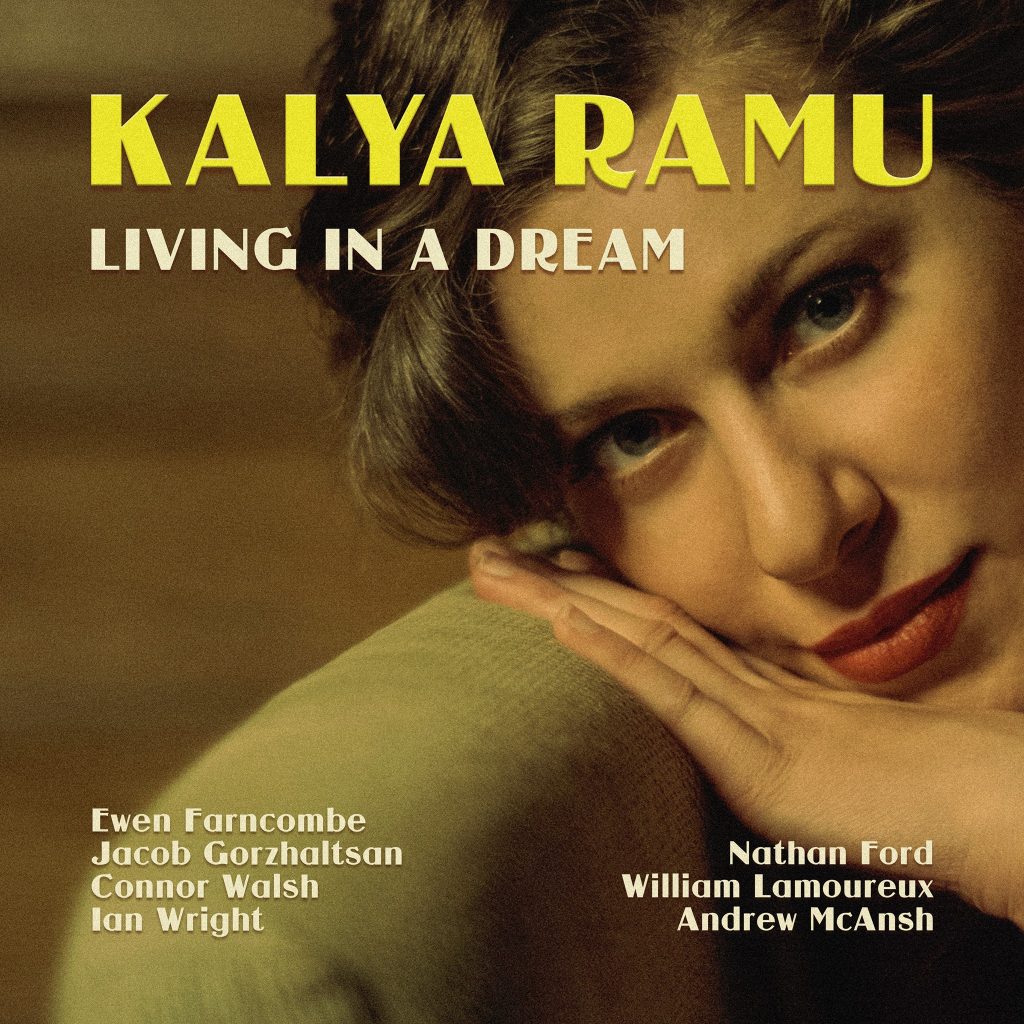

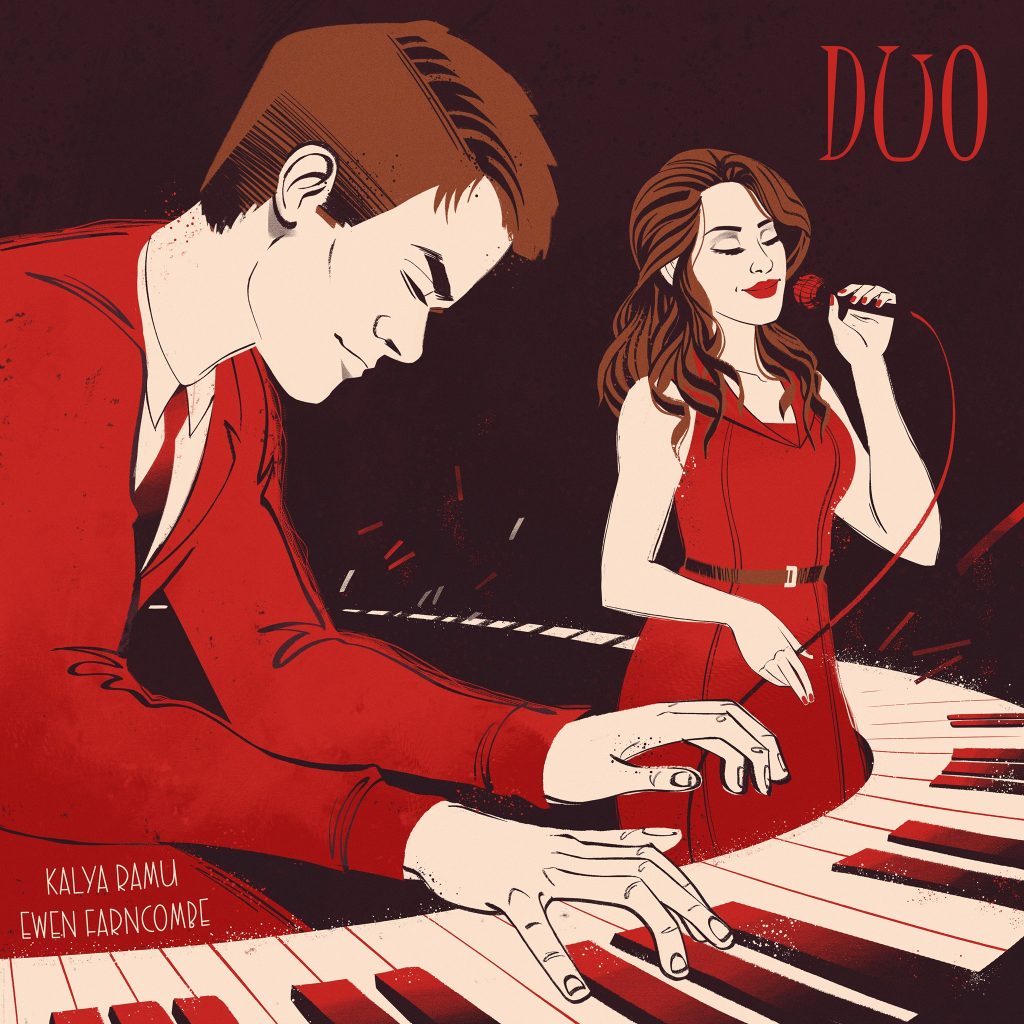

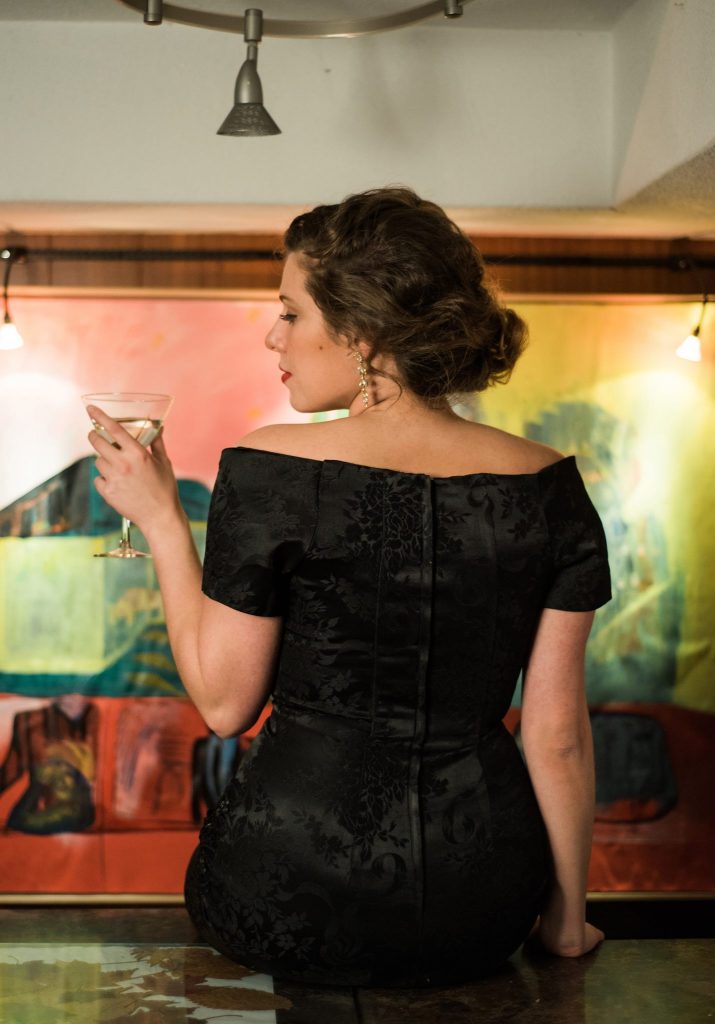
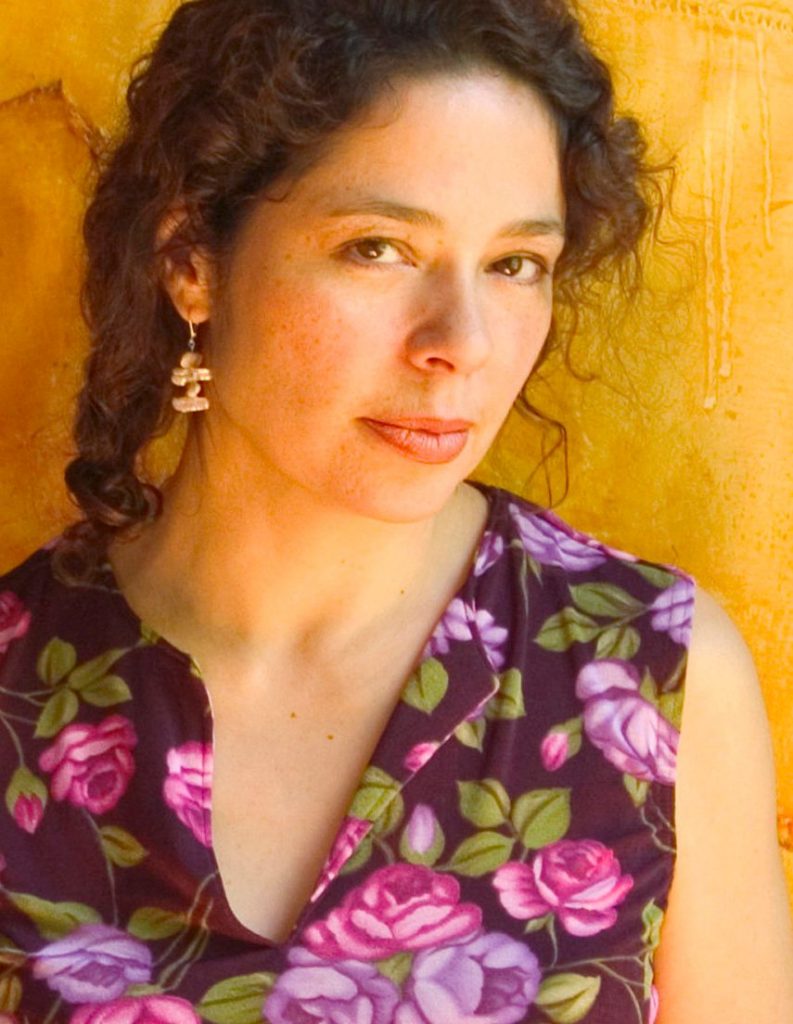
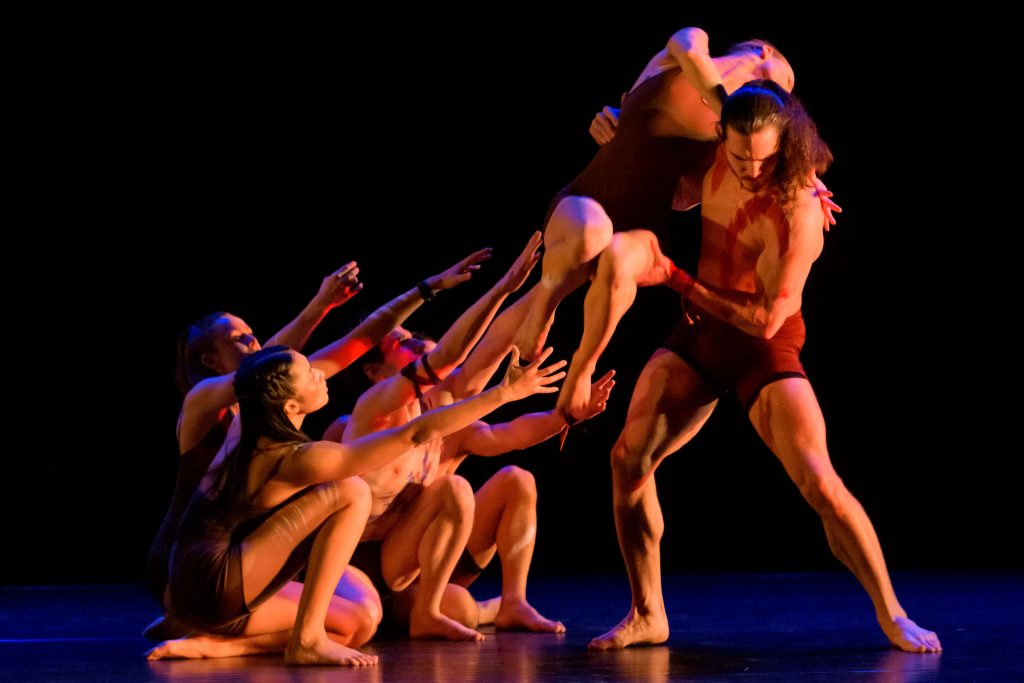
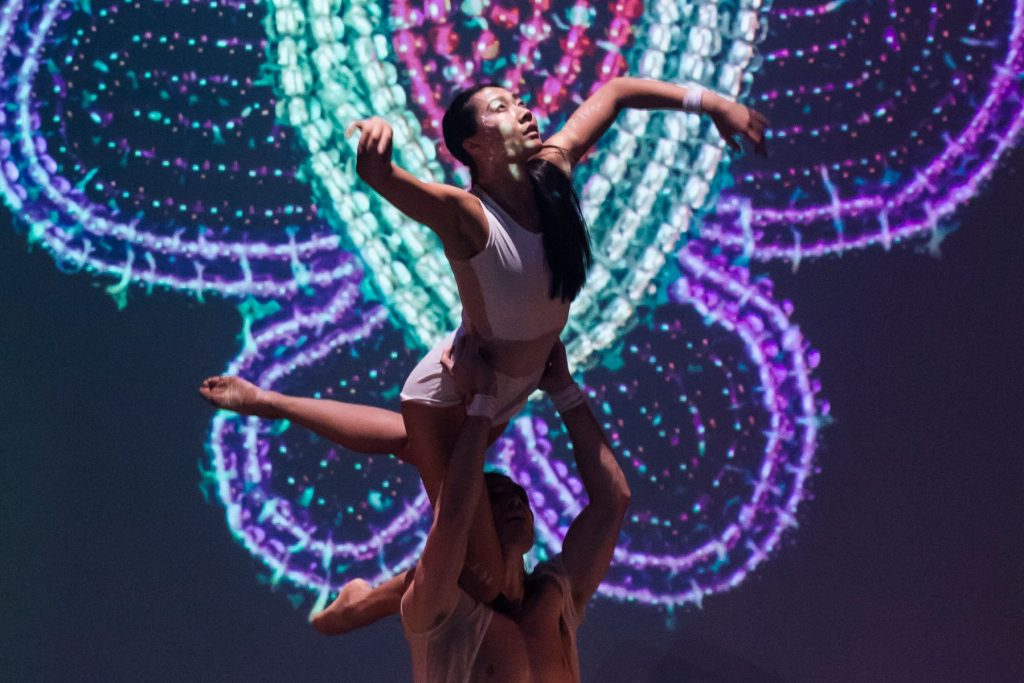
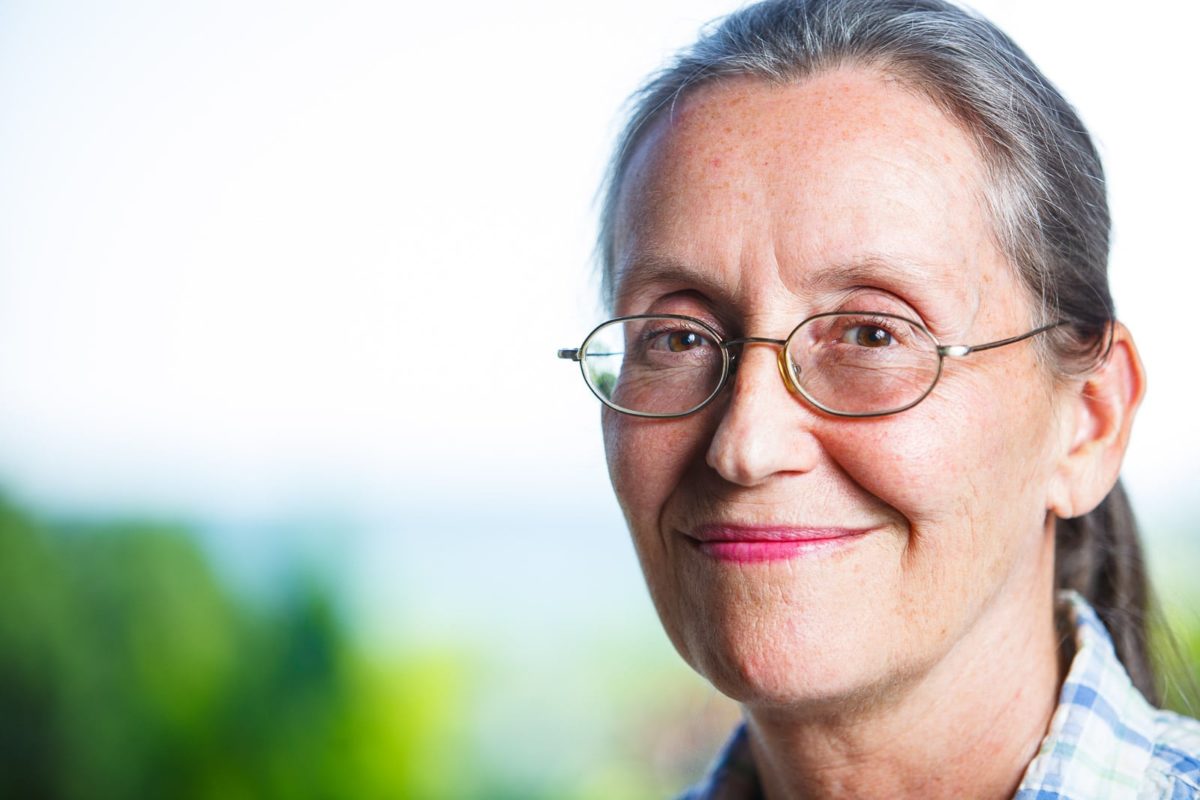



:format(jpeg):mode_rgb():quality(90)/discogs-images/R-3200197-1320184943.jpeg.jpg) *My My friend Brenda Bell was known as the legend Badia Star in Canada, even before she took up residence as the featured belly dancer at a posh hotel in Cairo. She has told me often about her thrilling connection with an Arabic audience who know the songs to which she dances and understand the nuanced sexuality of her performances. Canadians instead want what they call sex, bluntly done, while an Arabic audience knows how to savour gradually and thus enjoy more fully. Which leads me to an outstanding CD titled Farid el Atrache: The King of the Oud on which the singer/oudist/actor communes through his jaw-dropping virtuosity on the oud with a sometimes hysterically appreciative audience that that goes very nuts very often in response. This man’s a subtle master of his art, one who never does brilliance for show in a music that echoes the depths of the earth.
*My My friend Brenda Bell was known as the legend Badia Star in Canada, even before she took up residence as the featured belly dancer at a posh hotel in Cairo. She has told me often about her thrilling connection with an Arabic audience who know the songs to which she dances and understand the nuanced sexuality of her performances. Canadians instead want what they call sex, bluntly done, while an Arabic audience knows how to savour gradually and thus enjoy more fully. Which leads me to an outstanding CD titled Farid el Atrache: The King of the Oud on which the singer/oudist/actor communes through his jaw-dropping virtuosity on the oud with a sometimes hysterically appreciative audience that that goes very nuts very often in response. This man’s a subtle master of his art, one who never does brilliance for show in a music that echoes the depths of the earth. *I once received a copy of Melina Kana: Portrait to review in my newspaper column and on my first listen I found it only pleasantly appealing, which in retrospect reveals my occasional and appalling lack of awareness in these matters. On my second – to five hundredth – listen, however, it became one of my essential CDs, a collection of compelling and potent performances that range from the initial bouzouki-driven hip-incited Alkoolika Stichakia Vers Ivres (Drunken Verses), to the toe-tapping yet very surreal Tou Christara (For Christara), to the methodically wild and totally irresistible Milo Gia Sena (I Tell of You) with the group Ashkabat from Turkmenistan. This is a song, one finds, that each of Kana’s audiences knows well enough to join the singer. Kana’s voice can sound like a caress, like a firm but distant echo from the mountains of Greece, like a woman deep inside her own long-wounded heart, and like a woman of sophisticated poise who can carry both a taverna or an upscale club and communicate in either with ease.
*I once received a copy of Melina Kana: Portrait to review in my newspaper column and on my first listen I found it only pleasantly appealing, which in retrospect reveals my occasional and appalling lack of awareness in these matters. On my second – to five hundredth – listen, however, it became one of my essential CDs, a collection of compelling and potent performances that range from the initial bouzouki-driven hip-incited Alkoolika Stichakia Vers Ivres (Drunken Verses), to the toe-tapping yet very surreal Tou Christara (For Christara), to the methodically wild and totally irresistible Milo Gia Sena (I Tell of You) with the group Ashkabat from Turkmenistan. This is a song, one finds, that each of Kana’s audiences knows well enough to join the singer. Kana’s voice can sound like a caress, like a firm but distant echo from the mountains of Greece, like a woman deep inside her own long-wounded heart, and like a woman of sophisticated poise who can carry both a taverna or an upscale club and communicate in either with ease.

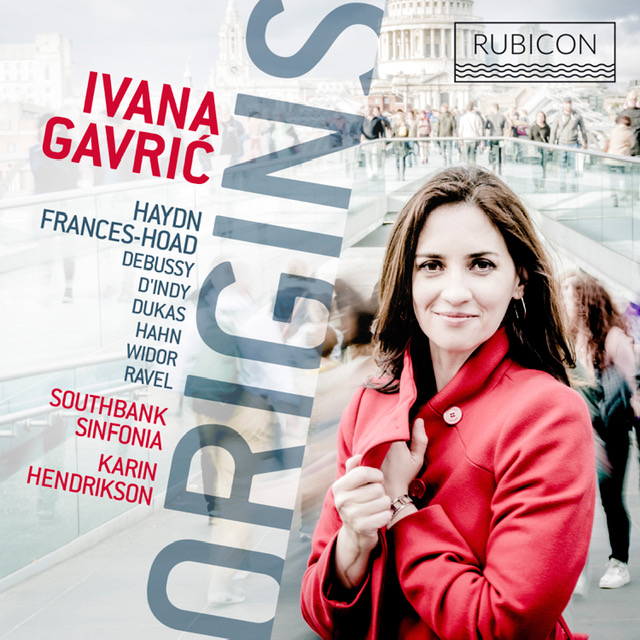
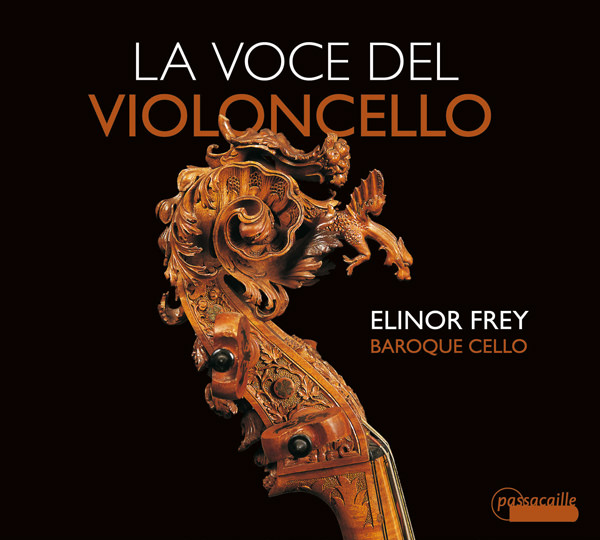





 JAMES STRECKER: You have a new book just published and a number of recent paintings, so please tell us about these projects. Why do they matter to you and why should they matter to us?
JAMES STRECKER: You have a new book just published and a number of recent paintings, so please tell us about these projects. Why do they matter to you and why should they matter to us?
